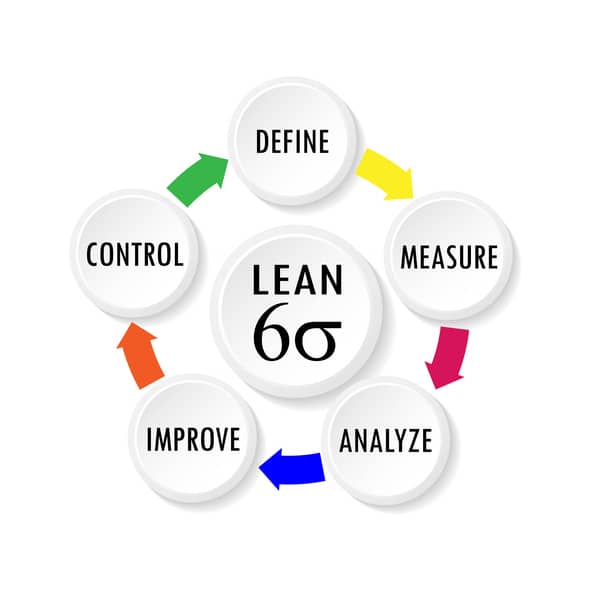 As continuous process improvement methodologies such as Six Sigma play an increasingly important part in daily operations of a growing number of businesses, demand for employees with Six Sigma certification is growing rapidly. From the experienced project manager who wants to become a Master Black Belt, to the average worker who wants to make a contribution on the latest project with a Green Belt certification, the demand for Six Sigma training has also increased dramatically.
As continuous process improvement methodologies such as Six Sigma play an increasingly important part in daily operations of a growing number of businesses, demand for employees with Six Sigma certification is growing rapidly. From the experienced project manager who wants to become a Master Black Belt, to the average worker who wants to make a contribution on the latest project with a Green Belt certification, the demand for Six Sigma training has also increased dramatically.
The number of Six Sigma training programs available to the public has grown to fill the demand for these valued certifications. This leads to a dilemma for employees pursuing Six Sigma training. How do different Six Sigma certifications compare, and which one best meet their needs?
Program Comparisons
Finding the right Six Sigma training program from the multitude of available options would be much easier if there were an accrediting body that certified the quality of these programs the same way higher education institutions are accredited. Unfortunately there is not. There is not even a consensus in the quality assurance field of what the required body of knowledge for Six Sigma training should be.
The closest thing to a gold standard for Six Sigma training is the body of knowledge adapted by the American Society for Quality (ASQ). While this standard is widely known and respected throughout the field, the body of knowledge is adapted differently in different Six Sigma training programs.
There may be no clear answers to which training program is the best choice for any one person, but in the search for Six Sigma certification there are factors that candidates should weigh to rate the strengths of the specific training programs they are considering. These factors include:
Real-world application – Teaching theory and using simulated projects is useful. However, a program that is able to connect theory to real-world application by requiring the completion of a tangible project makes the instruction much more meaningful.
Feedback and communication – All programs provide the support of instructors. While email instruction is adequate, the best form of communication is live, two-way communication between teacher and student. Interaction with a live instructor provides a deeper and richer learning experience than simply sending and receiving emails.
Value – Judging a Six Sigma training program by price alone is shortsighted. Students are better served by weighing the overall value of the program. Is the benefit received from the training a fair exchange for the cost of the training?
Reputation –Does the program or provider have a recognized name? How long has it been in business? What are people saying about it? What is its track record? Answering these questions can reveal some very important information.
Does it make you marketable?
Six Sigma training and certification is the minimum requirement for improved employment and advancement prospects. Candidates who obtain a Six Sigma certification find themselves in a pool of similarly qualified applicants looking for a way to stand apart.
Six Sigma certifications that give recipients a depth of knowledge of the methodology, and go beyond mere conversance with terminology, are the ones that help employees advance. A certification that gives students the practical knowledge of Six Sigma methodology, including which tests to use and how to apply the statistical tools, is valuable and highly marketable.
Candidates are wise not to rely solely on Six Sigma training certification to open doors for an employment opportunity. When certification and mastery of Six Sigma methodology are equal among candidates, employers fill positions based on other factors such as the needs of the organization and the candidates fit with the company.



